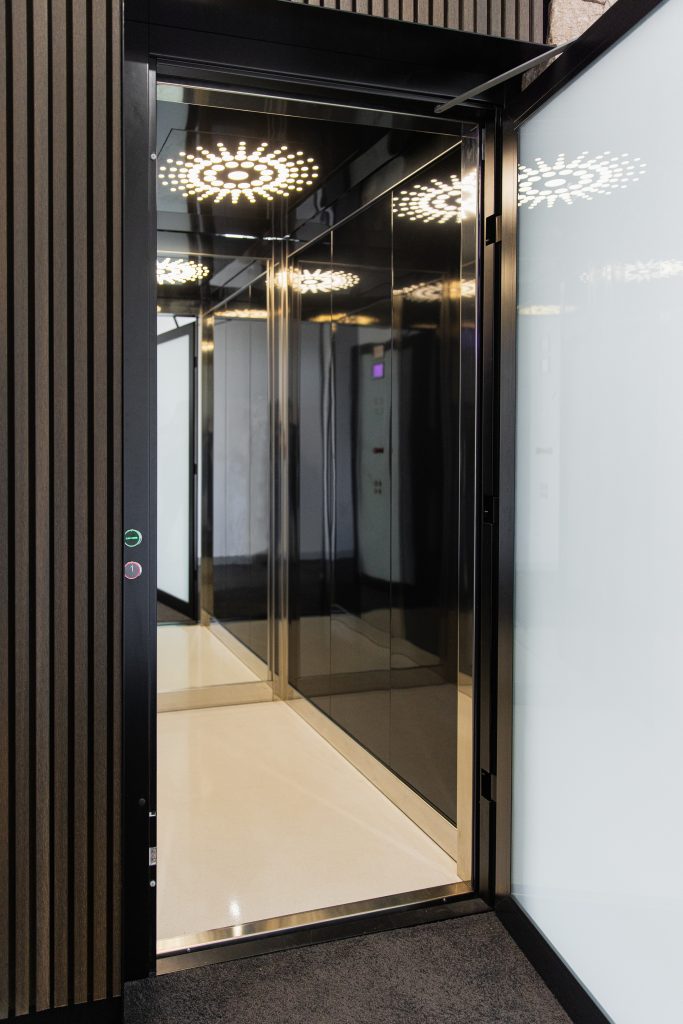Locate Reliable Lift Repair Near Me for Fast and Affordable Service
Wiki Article
Digging Into the World of Elevators: Usual Concerns Dealt With by Various Lift Mechanisms
As we browse via the vertical transport systems of modern-day structures, elevators stand out as a vital part of our daily lives. From hydraulic elevators to grip systems and machine-room-less layouts, each lift kind comes with its set of common problems.Hydraulic Elevators
Hydraulic lifts, usually preferred for low-rise structures, make use of fluid pressure to control the motion of the elevator cars and truck (lift repair companies). This device entails a hydraulic pump pushing oil into a cylinder, triggering the elevator to relocate the preferred direction. While hydraulic elevators are understood for their quiet and smooth operation, they do include their very own collection of usual concernsOne widespread trouble with hydraulic lifts is oil leak. The seals in the hydraulic system can wear out over time, resulting in oil seepage. This not only develops a mess but can also affect the elevator's efficiency if left unaddressed. Furthermore, problems with the control system, such as damaged valves or a malfunctioning pump, can cause interruptions in the elevator's activity.
Routine upkeep and prompt fixings are necessary to guarantee the smooth performance of hydraulic lifts. By attending to these typical problems proactively, building proprietors can decrease downtime and guarantee the safety and security and effectiveness of their vertical transportation system.
Traction Lifts
When taking into consideration vertical transportation systems in structures, one more typical kind in addition to hydraulic lifts is the traction elevator. Traction elevators operate utilizing a system of ropes and counterweights that move the lift car by gripping onto the hoist ropes. This mechanism enables for smoother and faster upright transportation compared to hydraulic systems.One of the common concerns faced by grip lifts is rope wear. The consistent motion of the ropes within the grip system can result in tear and wear gradually, possibly causing the lift to malfunction or end up being hazardous for usage. Regular examinations and maintenance of the ropes are vital to make sure the elevator's correct functioning and security.
An additional issue that grip lifts may come across is associated with the control system. Issues with the control system can bring about issues such as erratic motion, hold-ups in reaction times, and even complete closures. Regular testing and maintenance of the control system are essential to avoid such problems and make sure the lift's reliability.
Machine-Room-Less (MRL) Lifts

Among the key parts of MRL elevators is the portable gearless traction machine that is mounted within the hoistway. This maker efficiently drives the lift vehicle without the demand for large tools discovered in traditional grip elevators. Furthermore, MRL lifts normally use a weight system to balance the cars and truck, further enhancing their power efficiency.
In spite of their benefits, MRL elevators may deal with obstacles associated with upkeep and fixing due to the confined area for devices installment. Accessibility for servicing components within the shaft can be limited, needing specialized training for technicians. Proper maintenance routines and normal examinations are crucial to guarantee the continued smooth operation of MRL elevators.
Overloading and Weight Limitation Issues
Overloading and weight restriction concerns are essential problems in lift operations. Lift makers style lifts with specific weight abilities to make sure traveler safety and tools durability.When elevators are overloaded, it puts too much stress on the motor, wires, and other components, possibly triggering breakdowns or breakdowns. If they identify excess weight, security devices such as sensors and overload sensing units are in place to protect against elevators from relocating. Additionally, going beyond weight limitations can bring about boosted energy intake and damage on the elevator system.
To mitigate overloading issues, building managers need to prominently present weight restrictions in lifts and educate owners on the value of sticking to these restrictions - lift repair companies. Normal maintenance checks by qualified technicians can likewise aid guarantee that elevators are running within secure weight parameters. By resolving overloading and weight limit problems proactively, structure proprietors can enhance elevator security and performance
Electrical System Failures
Going beyond weight restrictions in elevators can not only result in mechanical concerns yet also potentially contribute to electric system failings within the lift framework. Electric system failures are a vital problem in lift procedure, as they can cause unanticipated shutdowns, malfunctions, or perhaps security dangers. One typical electric problem is the getting too hot of parts we maintain lifts as a result of extreme present flow created by straining the lift past its ability. This can bring about harm to the electrical wiring, control, or electric motor systems, causing pricey fixings and downtime.In addition, power surges or fluctuations in the electric supply can additionally interfere with the lift's operation, affecting its efficiency and safety and security. These electrical disturbances can harm sensitive lift elements such as control panels, circuit boards, or sensors, bring about system failings. Regular upkeep and assessments are important to identify and resolve prospective electrical concerns immediately, guaranteeing the efficient and risk-free operation of elevator systems. By sticking to weight limitations and conducting regular electrical system checks, structure owners can minimize the threat of electrical failings in elevators.
Final Thought
.webp)
Hydraulic lifts, commonly chosen for low-rise structures, utilize fluid stress to control the motion of the lift automobile.When taking into consideration vertical transport systems in buildings, one more common kind apart from hydraulic lifts is the traction elevator. Traction elevators operate utilizing a system of ropes and weights that relocate the elevator vehicle by clutching onto the hoist ropes. Unlike typical elevators that require a separate device room to house the equipment, MRL elevators integrate most of the elements within the shaft, eliminating the requirement for a dedicated maker area.In conclusion, elevators deal with usual issues such as hydraulic malfunctions, traction system failings, and electric system troubles.
Report this wiki page